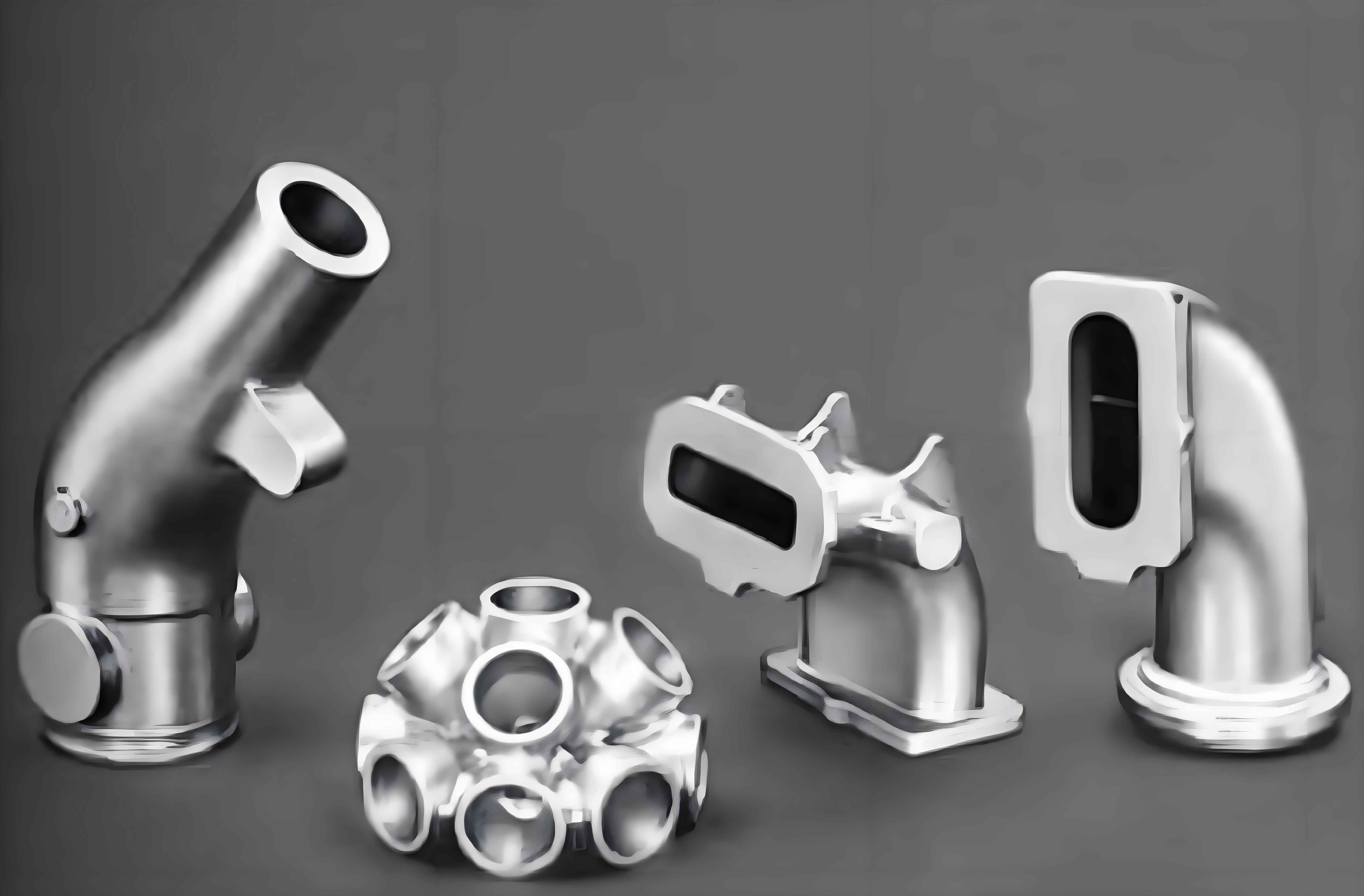
Introduction
Titanium alloys are renowned for their exceptional strength-to-weight ratio, corrosion resistance, and biocompatibility. Investment casting is a preferred manufacturing process for creating complex titanium alloy components, particularly in the aerospace and medical fields. This analysis explores the applications and advantages of investment casting titanium alloys in these industries.
Applications in Aerospace
- Aircraft Structural Components:
- Components: Structural airframe parts, landing gear, wing fittings, and engine components.
- Advantages: Titanium alloys offer high strength and low weight, reducing overall aircraft weight and improving fuel efficiency. Investment casting allows for the creation of complex shapes with tight tolerances, essential for structural integrity and performance.
- Engine Components:
- Components: Turbine blades, compressor blades, and engine casings.
- Advantages: The high-temperature stability and oxidation resistance of titanium alloys make them ideal for engine components subjected to extreme conditions. Investment casting ensures precise geometries and superior surface finishes, enhancing aerodynamic efficiency and performance.
- Aerospace Fasteners and Connectors:
- Components: Bolts, nuts, and other fasteners used in critical aerospace applications.
- Advantages: Titanium fasteners offer excellent corrosion resistance and high strength-to-weight ratio. Investment casting produces high-precision, durable fasteners that ensure reliability and safety in aerospace structures.
Applications in the Medical Field
- Orthopedic Implants:
- Components: Hip and knee replacements, spinal implants, bone plates, and screws.
- Advantages: Titanium’s biocompatibility and strength make it ideal for orthopedic implants. Investment casting allows for the production of custom, patient-specific implants with complex geometries that match individual anatomical features, improving fit and function.
- Dental Implants:
- Components: Dental posts, abutments, and frameworks.
- Advantages: Titanium’s osseointegration properties facilitate strong bonding with bone, making it suitable for dental implants. Investment casting produces precise and smooth components, enhancing the success rate and longevity of dental restorations.
- Surgical Instruments:
- Components: Scalpels, forceps, and other surgical tools.
- Advantages: Titanium instruments are lightweight, corrosion-resistant, and non-magnetic, making them ideal for surgical environments. Investment casting ensures the high precision and fine details required for effective surgical instruments.
Advantages of Investment Casting for Titanium Alloys
- High Precision and Complexity:
- Investment casting can produce intricate and complex shapes with tight tolerances, essential for aerospace and medical components. This precision ensures optimal performance and fit, reducing the need for additional machining.
- Superior Surface Finish:
- The smooth surface finish achieved through investment casting minimizes the need for extensive post-processing. In medical applications, this reduces the risk of bacterial adhesion and enhances biocompatibility.
- Material Efficiency:
- Investment casting produces near-net-shape parts, minimizing material waste. This is particularly important for titanium, which is an expensive material.
- Design Flexibility:
- The process allows for the incorporation of complex internal features, such as cooling channels in turbine blades or porous structures in orthopedic implants, which are difficult to achieve with other manufacturing methods.
- Enhanced Mechanical Properties:
- Investment casting allows for the control of microstructure through precise cooling rates and heat treatments, resulting in improved mechanical properties such as strength, fatigue resistance, and durability.
- Cost-Effective for Complex Parts:
- While the initial cost of molds can be high, investment casting becomes cost-effective for producing complex, high-precision parts in medium to large quantities.
Challenges and Solutions
- Reactivity of Titanium:
- Challenge: Titanium reacts with oxygen, nitrogen, and carbon at high temperatures, which can degrade its properties.
- Solution: Use of high-purity inert gas environments or vacuum conditions during melting and investment casting to prevent contamination.
- High Melting Point:
- Challenge: Titanium’s high melting point requires specialized equipment and techniques.
- Solution: Advanced vacuum induction melting (VIM) and electron beam melting (EBM) techniques are employed to handle high melting temperatures.
- Complex Mold Materials:
- Challenge: Finding suitable mold materials that can withstand titanium’s high casting temperatures and prevent contamination.
- Solution: Use of high-performance ceramic materials and coatings to create durable and non-reactive molds.
Conclusion
Investment casting of titanium alloys offers significant advantages in producing high-precision, complex components for the aerospace and medical fields. The process’s ability to create intricate shapes with excellent mechanical properties and superior surface finishes makes it ideal for critical applications. Despite challenges such as titanium’s reactivity and high melting point, advanced techniques and materials have enabled the successful application of investment casting in these industries. As technology advances, the use of investment casting for titanium alloys is expected to expand, driving further innovations in aerospace and medical engineering.
